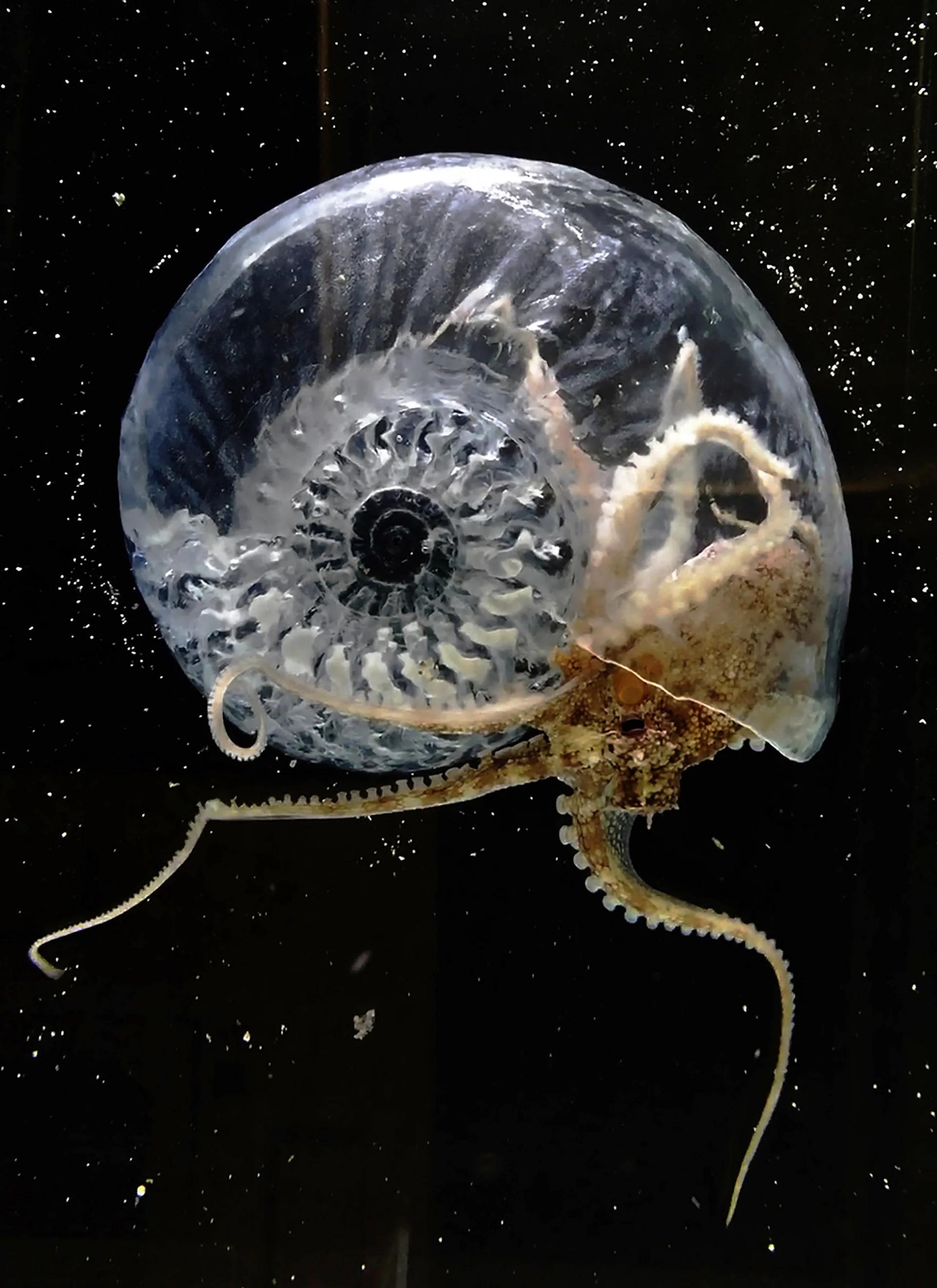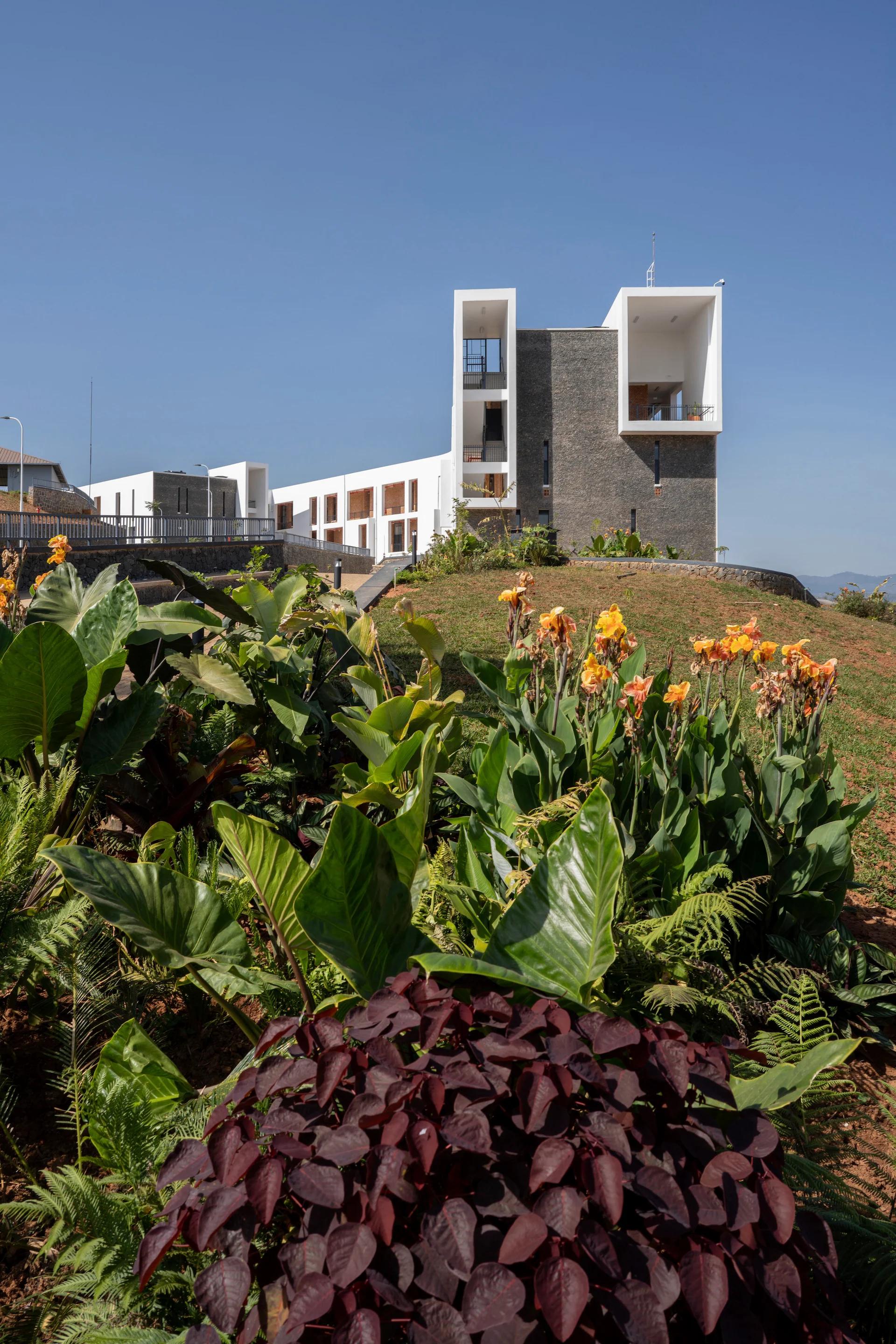SPOTLIGHT: HUMAN NATURE SEPTEMBER 14 2021
by Wava Carpenter
A conversation with the Milan-based, systems-thinking design duo, Andrea Trimarchi and Simone Farresin
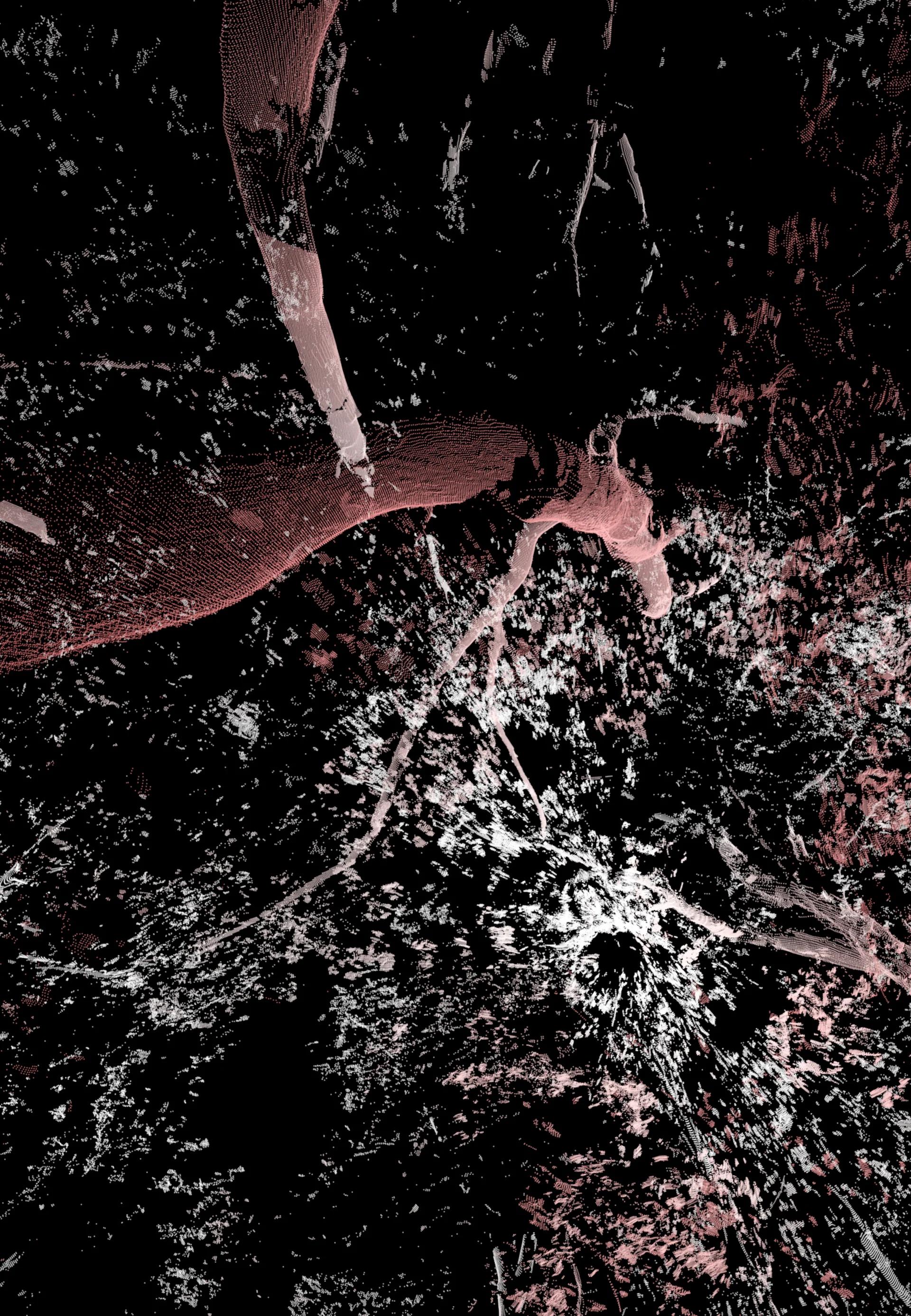
VIDEO STILL FROM QUERCUS, 2020, PRODUCED FOR SERPENTINE GALLERIES AND E-FLUX
Photo © Formafantasma
In our Human Nature miniseries, we explore the critical, evolving relationship between humans and our environment through conversations with some of today’s most inspiring, influential, and boundary-breaking design creatives.
For this installment, we reached out to acclaimed designers Andrea Trimarchi and Simone Farresin of Milan-based studio Formafantasma. At once poetic and scientifically grounded, the duo’s holistic practice spans academia, design objects, spaces, and beyond, always seeking a deeper understanding of both our natural and built world. Their research explores, as they say, “the ecological, historical, political, and social forces shaping the discipline of design today.” Mindful of design’s role in both the degradation and potential healing of our planet, in recent years, Formafantasma’s work has placed particular emphasis on the ecological responsibilities of design.
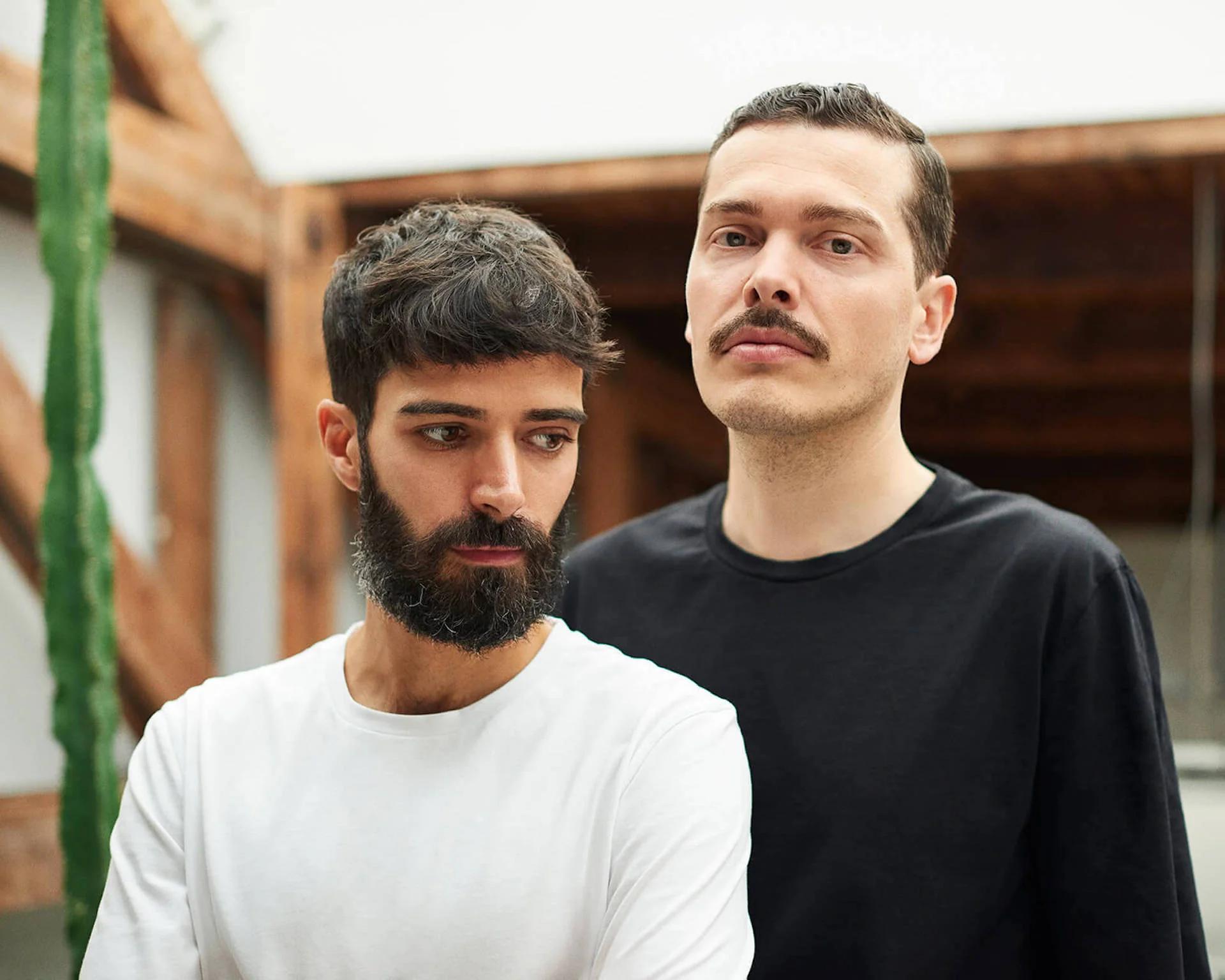
ANDREA TRIMARCHI AND SIMONE FARRESIN OF FORMAFANTASMA
Photo © Renee deGroot; courtesy of Formafantasma
Design Miami/What is the driving motivation behind your practice?
Andrea Trimarchi & Simone Farresin/Design is an extremely interesting discipline, because it sits in between economy, culture, social changes, and politics—and inevitably this intersection is driving our practice forward. We are not necessarily interested in design because of the formal possibilities. Of course we still enjoy designing objects and working on an aesthetic level. Nevertheless, these entanglements of the design discipline are really what we are interested in. We believe that, on the best occasions, design can truly participate in positive change, as a political tool and even in some cases as an instrument for social justice.
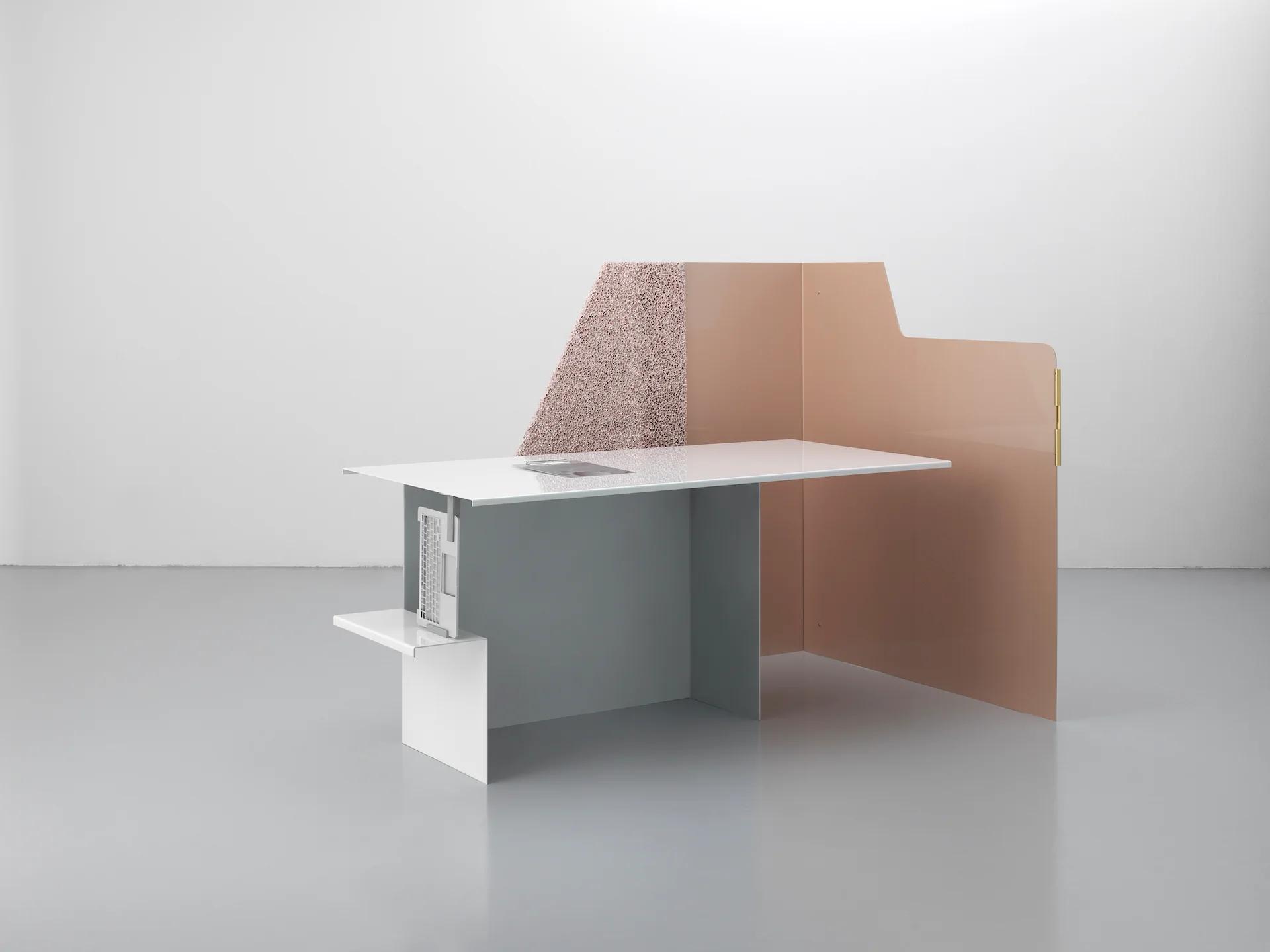
FORMAFAMTASMA/ ORE STREAMS CUBICLE, 2017-18
Photo © Formafamtasma
DM/Is there one particular project you point to that best represents your values and approach?
AT & SF/For sure, in recent years, our practice developed in a more, we would say, radical sense. Our work Ore Streams specifically was an investigation into—and still is an investigation into—electronic waste. How design can be used to develop pragmatic strategies in conversation with recyclers, producers, law makers, and activists in order to make electronic waste repairable, in the first place, and recyclable, in the second. The recycling of electronic waste is a huge challenge, and design can play a role in helping to improve the situation.
The second work is Cambio, the exhibition we did at Serpentine Galleries, which is not only an exhibition but it is a way for us to show our approach, which goes beyond the design of the product and focuses much more in understanding, holistically, one of the most complex industries we work with, which is the extraction of timber from forests. How via the understanding of the politics that shape this infrastructure, we can also make more informed choices as designers.
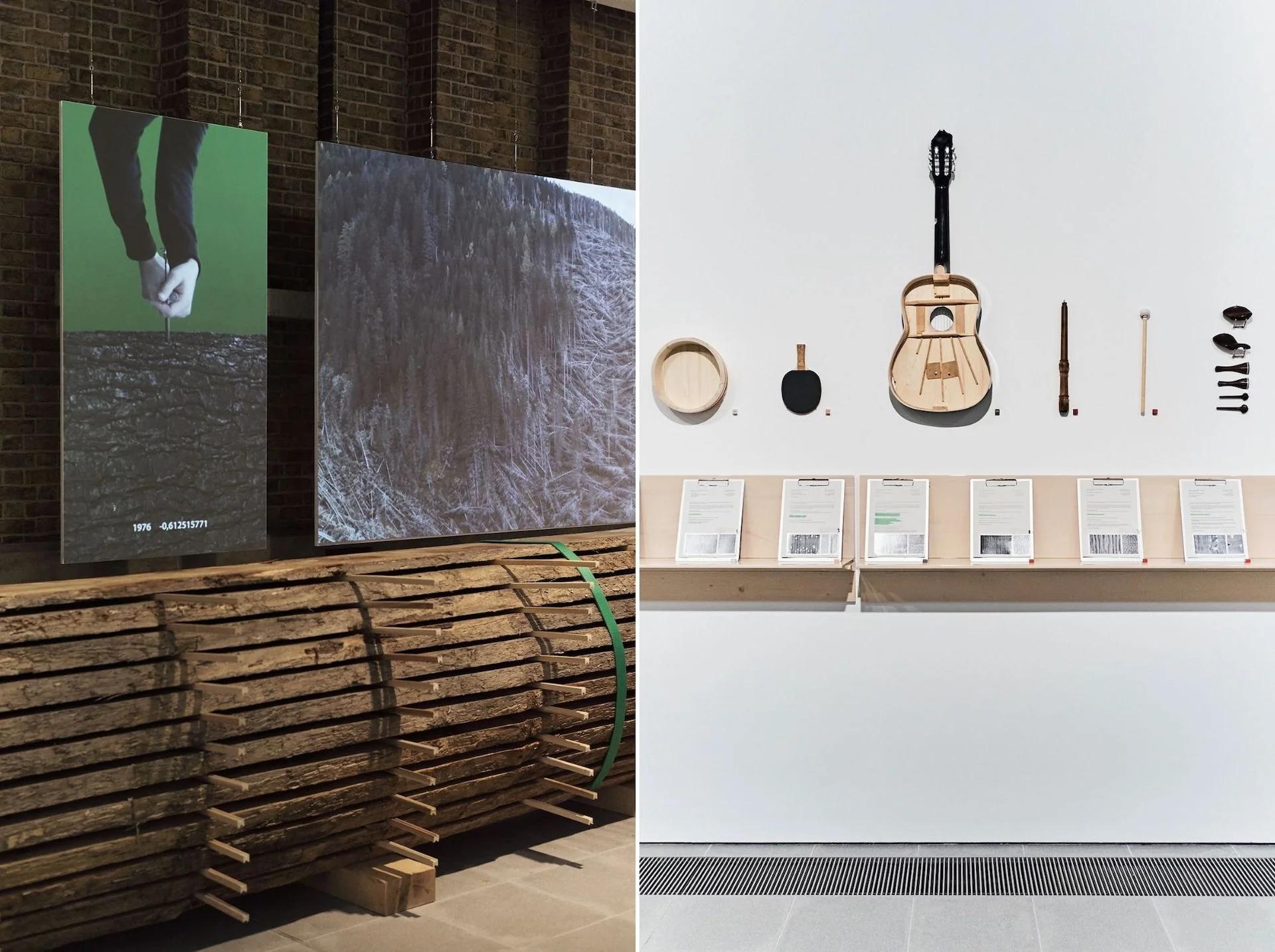
FORMAFANTASMA/ CAMBIO AT THE SERPENTINE GALLERIES
Photo © Gregorio Gonella
DM/How does the way humans think about nature most need to change?
AT & SF/This is a very complex question, because there are several things that we as humans need to reconsider when we talk about nature. First of all, we need to understand that we as humans are part of nature; that nature is not something out there that we are manipulating; and that nature is not harmless and without any impact. We are nature, and we are within it. We are entangled with other species, and we need to start to realize this in the first place.
Second, we need to also understand that inevitably as humans we have a dramatic impact on our environment, and we need to take the consequences of this responsibility. And as designers, where we often find ourselves transforming half-finished materials into final, desirable products, our role is to question this complex relationship and make it much more ethically responsible.
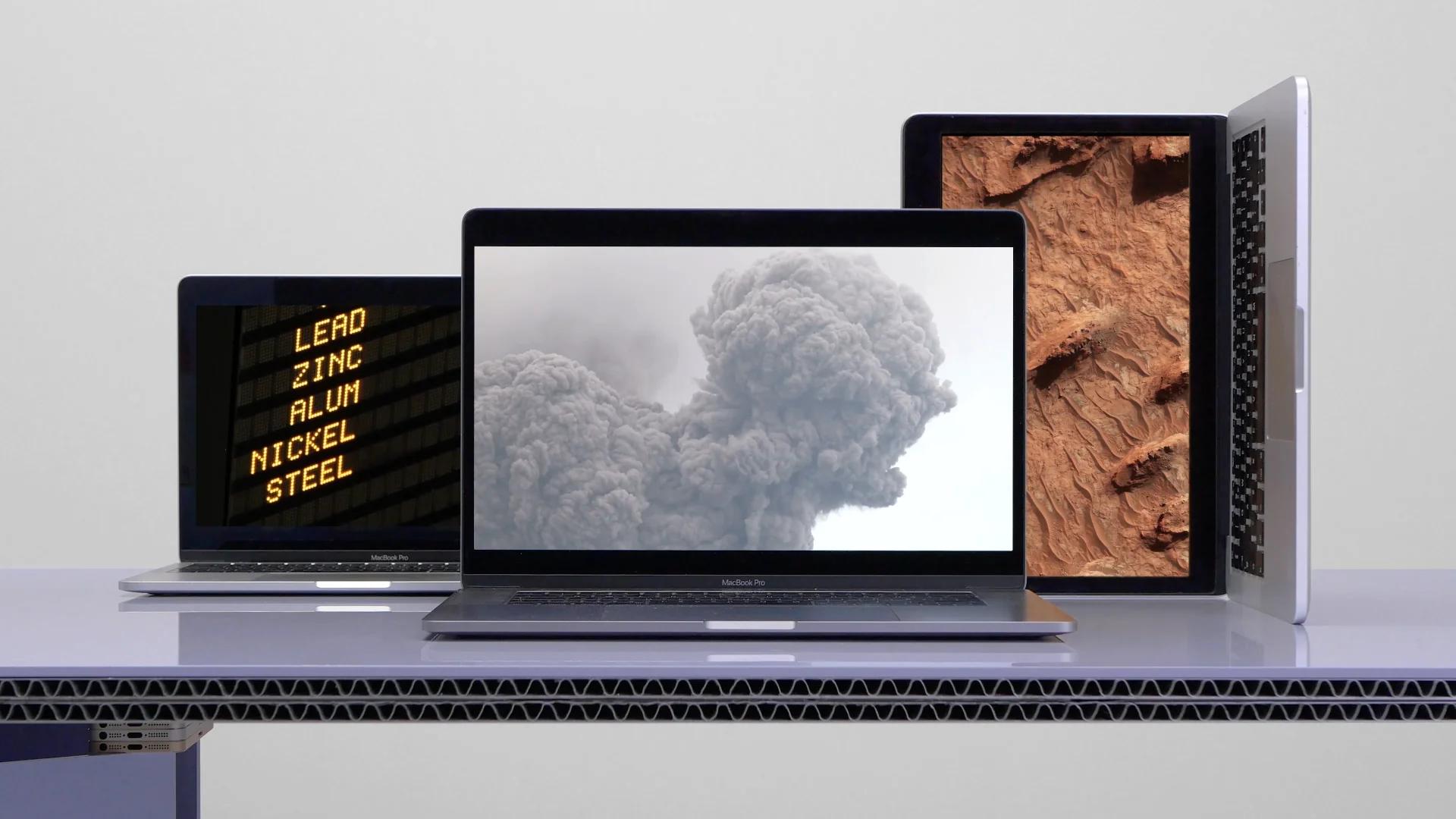
FORMAFANTASMA/ ORE STREAMS VISUAL ESSAY
Photo © Formafantasma
DM/Can design help solve our environmental and social ills? If so, how?
AT & SF/Design is a powerful discipline. It is also a discipline, as any other, with limitations.
We should never forget that as a discipline, design arose in conjunction with industrial development. In this sense, design is not only a solution but also part of the problem of the ecological crisis we find ourselves in.
Nevertheless, we also believe that by developing a more holistic and responsible perspective on what we do—one that takes care of how we extract materials, how we distribute materials, and the way we recycle materials—we can be part of the solution.
Last but not least, we must become much more responsible and stop designing only for humans. Because let's remember that the idea of ecology entails the cohabitation of a variety of different species. On planet earth, there are not only humans; there are many other species, and the wellbeing of all corresponds also to our own well being. This shift is extremely important for the future.
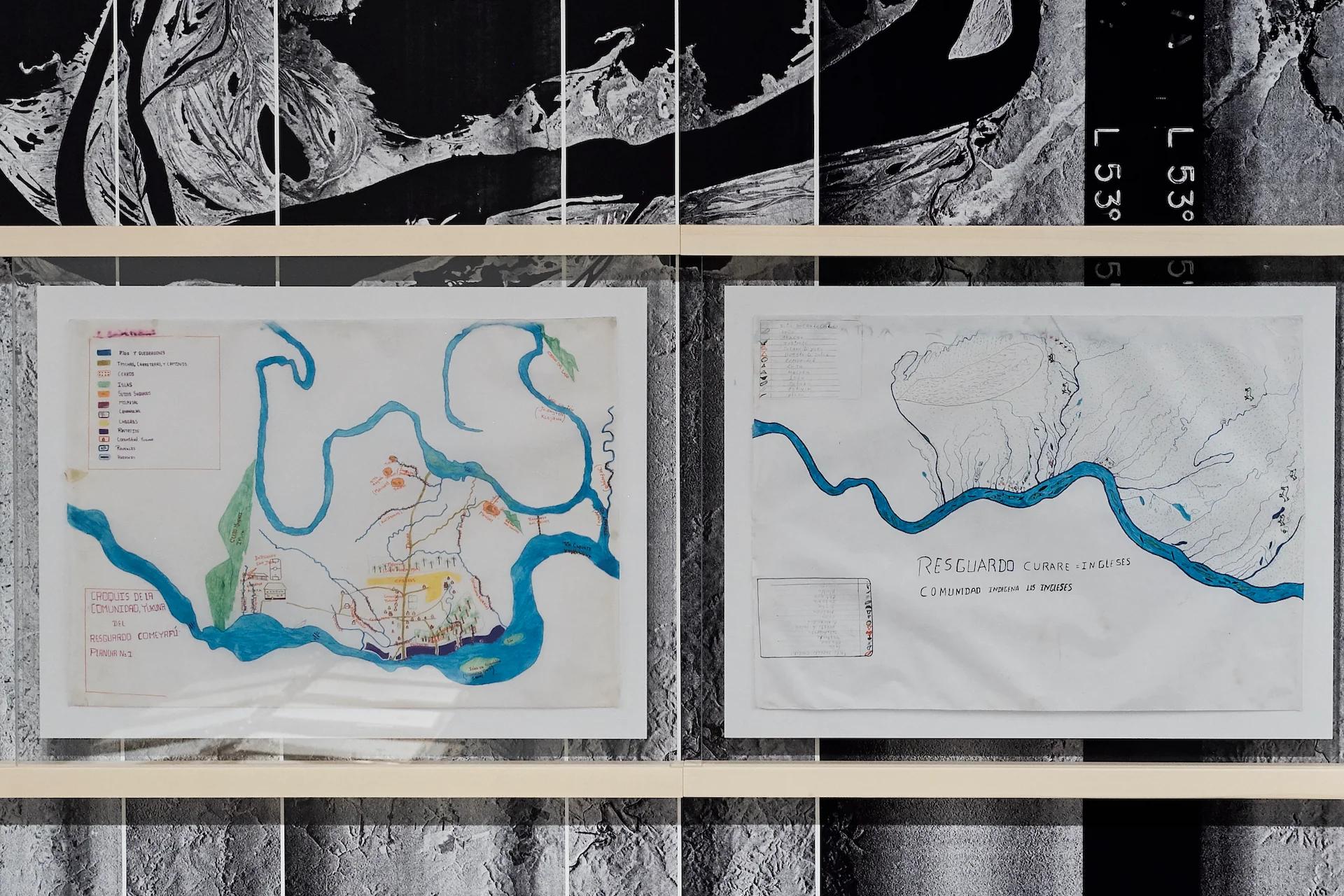
FORMAFANTASMA/ CAMBIO AT THE SERPENTINE GALLERIES
Photo © Gregorio Gonella
DM/Are you optimistic about the future?
AT & SF/Well, in a sense we are optimistic, because as heads of the GEO-DESIGN department at Design Academy Eindhoven, we see generations of students extremely preoccupied with an activist attitude in their own practices. So we definitely still have a lot of hopes for the future. If these are enough to guarantee the survival of the human species, we don’t know.
Nevertheless, as life teaches us all, even in the darkest moments, even at the end of life, we should never give up. We should always strive to do better. Humanity has the responsibility to try to make the best of what we have.
Thank you, Andrea and Simone! ◆
This interview is part of a special editorial series inspired by the Design Miami/ Basel 2021 theme Human Nature, exploring the evolving relationship between humans and our environment—and asking how that relationship must shift. On the eve of the event, Anna Carnick and Wava Carpenter of Design Miami and Anava Projects took the opportunity to connect with a short list of exceptional creatives working at the forefront of environmentally and socially minded design.
